
HIGH QUALITY
We provide the highest quality ingredients supported with high quality service. The UGC team has boots on the ground coast to coast seeking out the highest quality resources at the BEST prices.
QUALITY CONTROL
The quality control program of UGC is managed by team of experts who are applying and maintaining our standard operation procedures and making our commitment to our customers of receiving the highest quality.
TECHNICAL EXPERTISE
Our team has over 20 years’ experience in representing and developing technically advanced products with the support of the leading manufacturers in the industry. Our on staff nutritionist will ensure the BEST formulations for your needs.
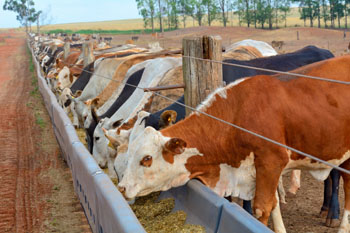
BOVINE

CHICKEN
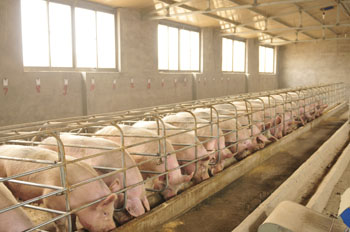
PORCINE

POULTRY
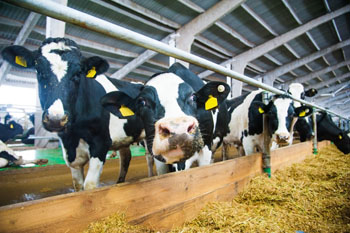
MILK COWS
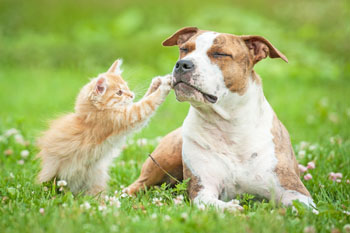
PET FOOD
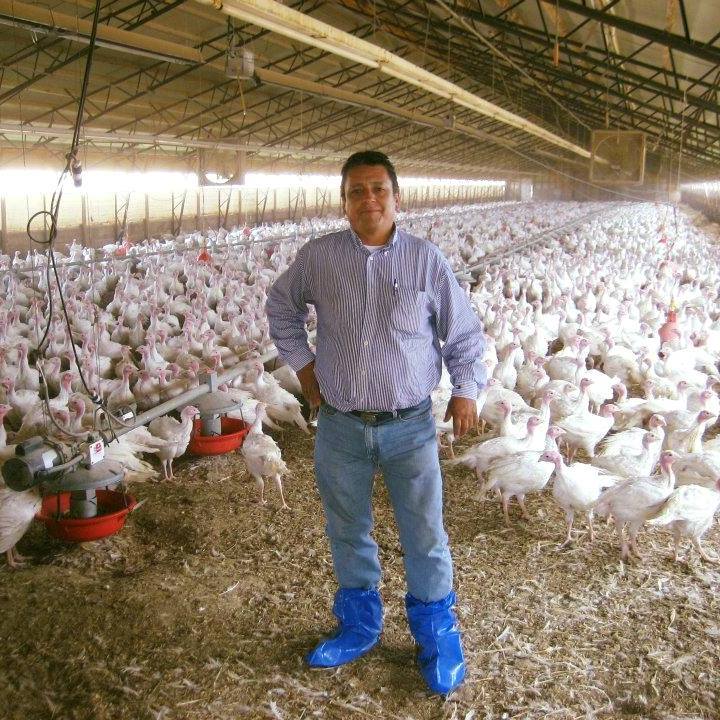
Mr. Wilder “Don Pollo” Guadalupe. UGC’s Poultry & Pig Nutritionist.
Over his 20+ year professional career in this industry, Mr. Guadalupe has had the opportunity to perform various positions in the pork and poultry industry assuming increasing responsibilities in vertically integrated companies and contributing decisively to the overall efficiency. While performing as Poultry Nutritionist, Wilder had the responsibility for the formulation of diets to provide the adequate nutrition desired and to oversee the productive performance of broilers, breeders, laying hens, turkeys and pigs.
His technical background and first-hand farms experience was complemented by obtaining his Master’s Degree in Agribusiness at Arizona State University where he graduated with honors and acquired a broader perspective and strength in his global business perspective of the feed ingredients industries for the animal production industry.
Wilder has strong technical sales and marketing experience of various feed ingredients both locally and internationally. Wilder has developed a vast network of trading partners during his 20+ year career in this space throughout the Americas. He has attended multiple specialization courses and has completed multiple business transactions within the industry in Israel, Costa Rica, Ecuador, Mexico, United States and many countries in South America.
UNIVERSAL INGREDIENTS
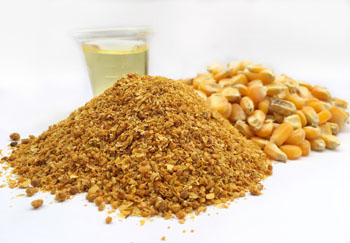
Dried Distillers Grains
Distillers grains are a co-product of the ethanol production process and a great, low cost alternative feed ingredient that continues to be produced in large quantities by the dry-grind fuel ethanol industry. They are rich in the protein, fat, minerals and vitamins that animals need, making them a popular feed ingredient for livestock and poultry diets. most popular feed ingredients to use in animal feeds both in Iowa and around the world.
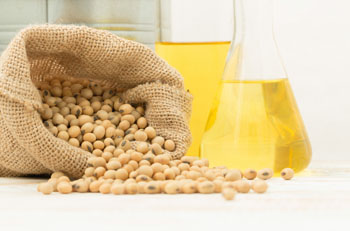
Soybean Oil
Fat contributes to both biological and physical improvements of feed. Soy oil is a highly concentrated source of feed energy. Its caloric value is the major reason for its increased use. The special processing of soybean oil provides a fat source that is resistant to rancidity. Vegetable fats are more digestible than animal fats, and are beneficial thanks to the presence of significant levels of the fatty acid, linoleic acid.
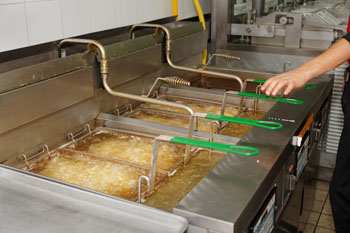
Stabilized Yellow Grease
Yellow grease is the result of recycling used oil from fast food restaurants and then waste animal fat from slaughterhouses for poultry, swine and cattle is added. The specific ations for yellow grease are as follows: FFA – 15% max, FAC – 39 max, MIU – 2% max.Feed grade fats are often stabilized blends of animal and vegetable fats. They are produced in the commercial processes of rendering offal from livestock and poultry tissues. Feed fats consist predominantly of triglyceride of fatty acids and contain no added free fatty acids.
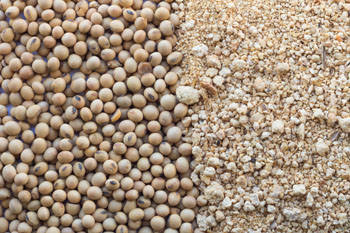
Soybean Meal
Soybean meal is the product remaining after extracting most of the oil from whole soybeans. The oil may be removed by solvent extraction or by an expeller process in which the beans are heated and squeezed. Soybean meal is high in protein and energy and is one of the most commonly used protein supplements in North America. It is a palatable feedstuff and may be used as the major protein supplement in rations for dairy cattle.
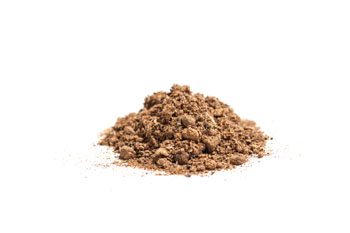
Cottonseed Meal
A by-product of the cotton industry, Cottonseed Meal (5-2-1) is an excellent source of slow-release nitrogen, phosphorus, potash and numerous trace elements. Because it breaks down over time, this popular fertilizer promotes long-lasting growth, beauty and productivity of turf grasses, ornamental plants and vegetable gardens. Cottonseed Meal will also acidify the soil, which makes it perfect for use with acid-loving plants such as blueberries, gardenia, azalea and rhododendron.
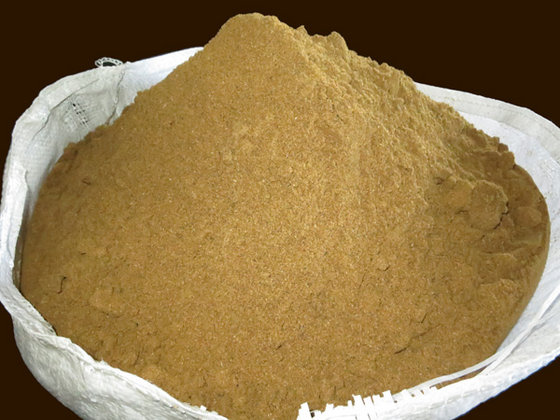
Fish Meal
Fishmeal and fish oil are the protein-rich byproducts of smaller forage fish or low trophic level species like anchovy, herring, and krill that gather in immense schools on coastlines and in the open ocean. These little fish are the cornerstone of these ocean food webs – and increasingly, of food served on land as well. Fishmeal and oil are easily digestible products used in fertilizers and animal feed, ranging from beef and chicken (livestock) to salmon and tilapia (aquaculture).

Molasses
In beef cattle diets, molasses and molasses-based feeds are typically included for one or more of the following: sugar energy for rapid carbohydrate availability; Growth factors such as branched-chain fatty acids to stimulate rumen microbes; Palatability that encourages every animal to eat; Natural source of key essential minerals, including relatively high natural levels of potassium; Cost-effective, practical and effective carrier for NPN, minerals, vitamins, and additives; Better mix, and less separation and animal sorting, of mixed diets; Production benefits backed by research.
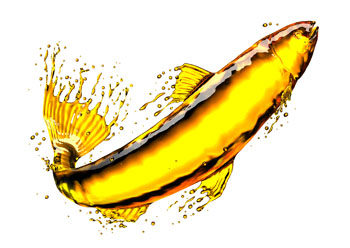
Fish Oils
Fish oil is 100 % marine oil and have a high content of very essential omega 3 fatty acids. Fish oil is mainly used for the production of feed for farmed fish and in the production of refined fish oil for human consumption. Fish oil is rich in omega-3 fatty acids – EPA and DHA. These have been the subject of numerous studies showing they confer several health benefits which are well documented.
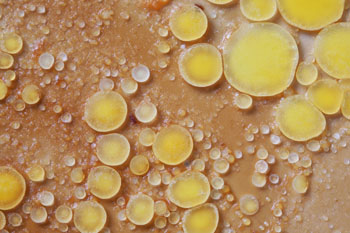
Animal Fats
Feeding fat increases the energy density of the ration. As cows milk more, they need more energy and there is a limit on how much starch can be fed. Fat also contains approximately 2.25 times as much energy as starch. Feeding fat can alleviate some of the shortcoming of poor forage and its limitations on feed intake as well.

Sorghum
Animal agriculture is one of the most important markets for sorghum production in the United States. Sorghum is utilized in the beef, swine, dairy and poultry industries. Sorghum grain, stalks and leaves can be utilized in various feed ingredients. Sorghum is the smart choice for animal agriculture for numerous reasons. Not only does sorghum fit well into a low-cost formulation of feed rations but it has an ease of feed acceptance. U.S. sorghum has little to no tannins as well as a low incidence of mycotoxins.
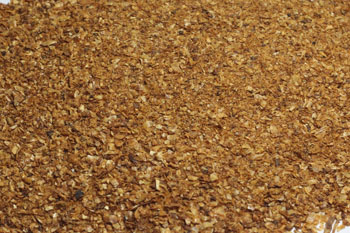
Corn Gluten Meal
Corn gluten meal (CGM) is a byproduct of corn maize processing that has historically been used as an animal feed. is used as an inexpensive protein source for pet foods. CGM is an especially good source of the amino acid cysteine, but must be balanced with other proteins for lysine. It is commonly used as livestock feed, including poultry and fish. It is a good source of protein, energy and pigments.
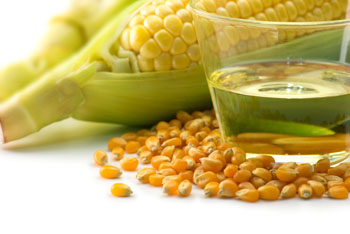
Corn Gluten Feed
Corn gluten feed (CGF) is a by-product of the wet milling process. Wet CGF or dry . CGF represents an excellent feedstuff that has broad feeding applications in the beef and dairy cattle industries. It contains significant amounts of energy, crude protein, digestible fiber, and minerals.
